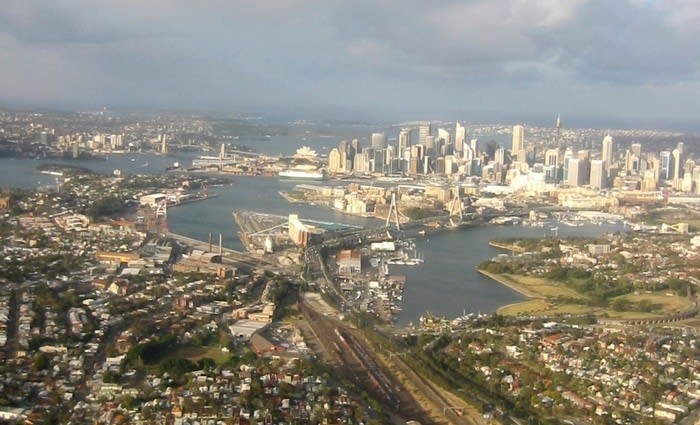The highest density living options in Australia: Tim Lawless
EXPERT OBSERVATION
Australia is moving through the peak of an unprecedented boom in apartment construction.
Over the twelve months ending March 2018 there were almost 97,000 medium to high density dwellings that completed construction across Australia; a year earlier there were 105,300 projects that finished construction (84% higher than the decade average).
As at March of this year there were still 155,275 medium to high density projects still under construction.
The majority of this construction work has been centered around the inner city areas of our largest capital cities, so it shouldn’t come as a surprise that population densities have surged higher across many inner city areas of our largest cities.
Based on an analysis of population data at the SA2 level (an SA2 region is a standard geographical classification roughly the size of a suburb in the cities or a town in regional areas), the highest density area in Australia is now Melbourne.
45,231 people reside within the 2.4 square kilometre area, equating to a population density of just over 19,100 people per square kilometre.
The population of the area has increased from 7,644 in 2001 – an increase of almost 500% over 16 years.
Apartment values in the area are relatively low with a median of $444,000, providing a relatively low cost entry point to a housing market located right in the middle of one of Australia’s largest working populations.
Back in 2001, the Melbourne SA2 region ranked 114th in the country with a population of only 3,229 and a population density of 7,644 persons per square kilometre.
Potts Point – Woolloomooloo showed the highest population density, followed by Surry Hills.
In fact, back in 2001, the top 12 areas of highest population density were all located in Sydney, with St Kilda East recording the highest population density outside of Sydney (6,259 people per square kilometre).
The 20 most densely populated areas of Australia are all confined to Sydney and Melbourne. Fifteen of the top 20 areas are in Sydney and five are in Melbourne.
While high density living may not be everyone’s cup of tea, it makes sense for many, especially for students and young professionals who work and play in and around the city centre.
Focusing on the Melbourne SA2 area again, two thirds of the resident population are aged between 20 and 34, with the most significant age group being 20-24 year olds (31% of the population).
High density living generally involves less time commuting, lower housing prices and plenty of choice for amenities.
Of course there are going to some downsides to high density living, like the potential for noise pollution, tight living spaces, elevator congestion at peak times, overcrowded or poorly maintained communal areas and limited access to green space.
The latest small area population numbers from the ABS are already a year old, and, considering the record number of apartments under construction across Australia, our inner city areas are going to increase in density further from here.
Densification makes sense from a town planning perspective – it reduces urban sprawl and the necessity to continually invest in transport infrastructure linking the outer fringes of the cities.
From a livability perspective, some people will thrive in a high density environment, while others will crave the peace and quiet of the burbs. Lucky Australia has such as broad range of housing options.
TIM LAWLESS heads up the CoreLogic RP Data research and analytics team and can be contacted here.
